Traveling today, I got lots of chances to see the John Roberts’ senate confirmation hearing. I normally wouldn’t have time. But the hearing played all over Dulles airport, while I waited for my plane, and […]


Traveling today, I got lots of chances to see the John Roberts’ senate confirmation hearing. I normally wouldn’t have time. But the hearing played all over Dulles airport, while I waited for my plane, and […]
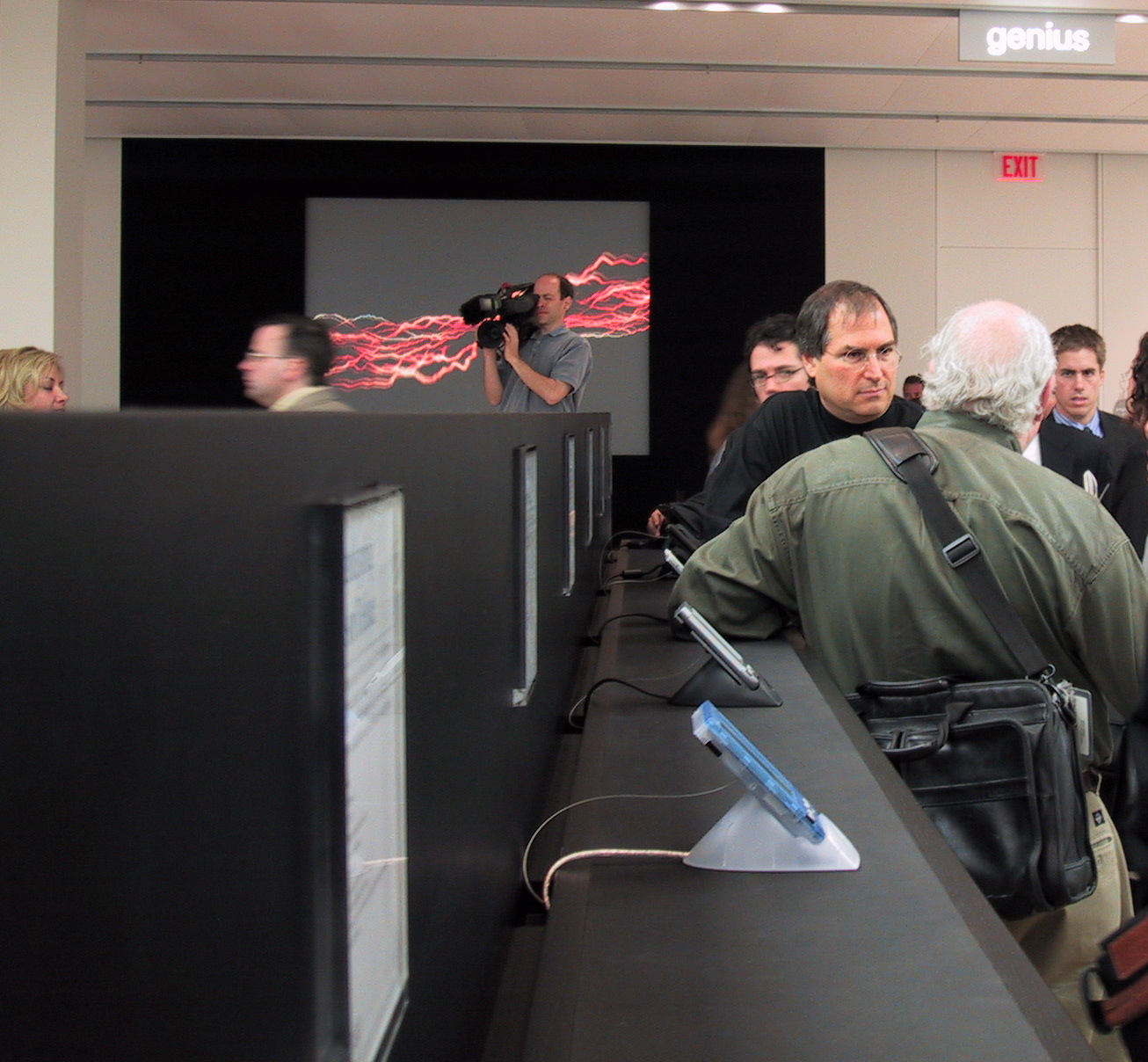
Today, I took some time to watch Steve Jobs’ iPod nano Webcast. I’ve got to tell you that he gives a better performance than most magicians. And the slight of hands are amazingly subtle. For example, he used iChat to video conference with Madonna in London.

Four years ago this morning, my wife remarked about the perfect fall day. Clear skies, low humidity and freshness in the air.
Around 9:20, I checked the headlines at Washington Post. I had been online for hours, but not looking at local news. Across the top of the page was a one liner about an airplane striking the World Trade Center. We naturally assumed a small plane had collided with one of the towers. While I looked for more details online, she checked CNN and gasped in the living room. I walked out to see video of both towers aflame. This was no small plane incident.
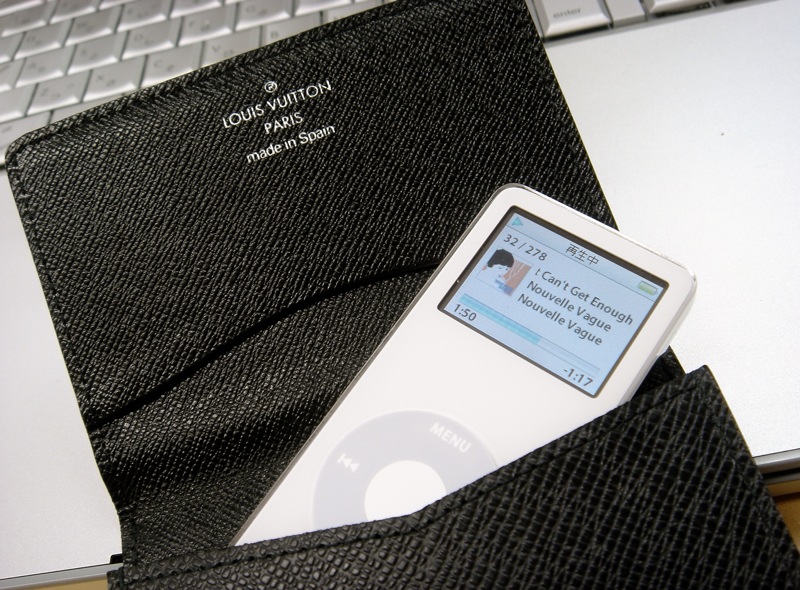
This evening, my wife, daughter and I drove over to Bethesda, Md., for an open house at Imagination Stage; my daughter decided to take an acting class there. Afterwards, we took a stroll through downtown […]

File this under scary. Today, Reuters cited sources giving an eerie explanation for the crash of a Helios airliner last month in Greece: Confused pilots. The tragedy had been confusing from the start, because the flight crew and most of the passengers appeared to be unconscious when the Boeing 737 ran out of fuel and crashed. De-pressurization was a leading suspected cause of the crash.
Reuters, citing a story in International Herald Tribune, claims that a maintenance crew left a pressurization control knob undone. The pilots missed this and misunderstood a pressurization warning alarm. Apparently, the cabin never pressurized at all.
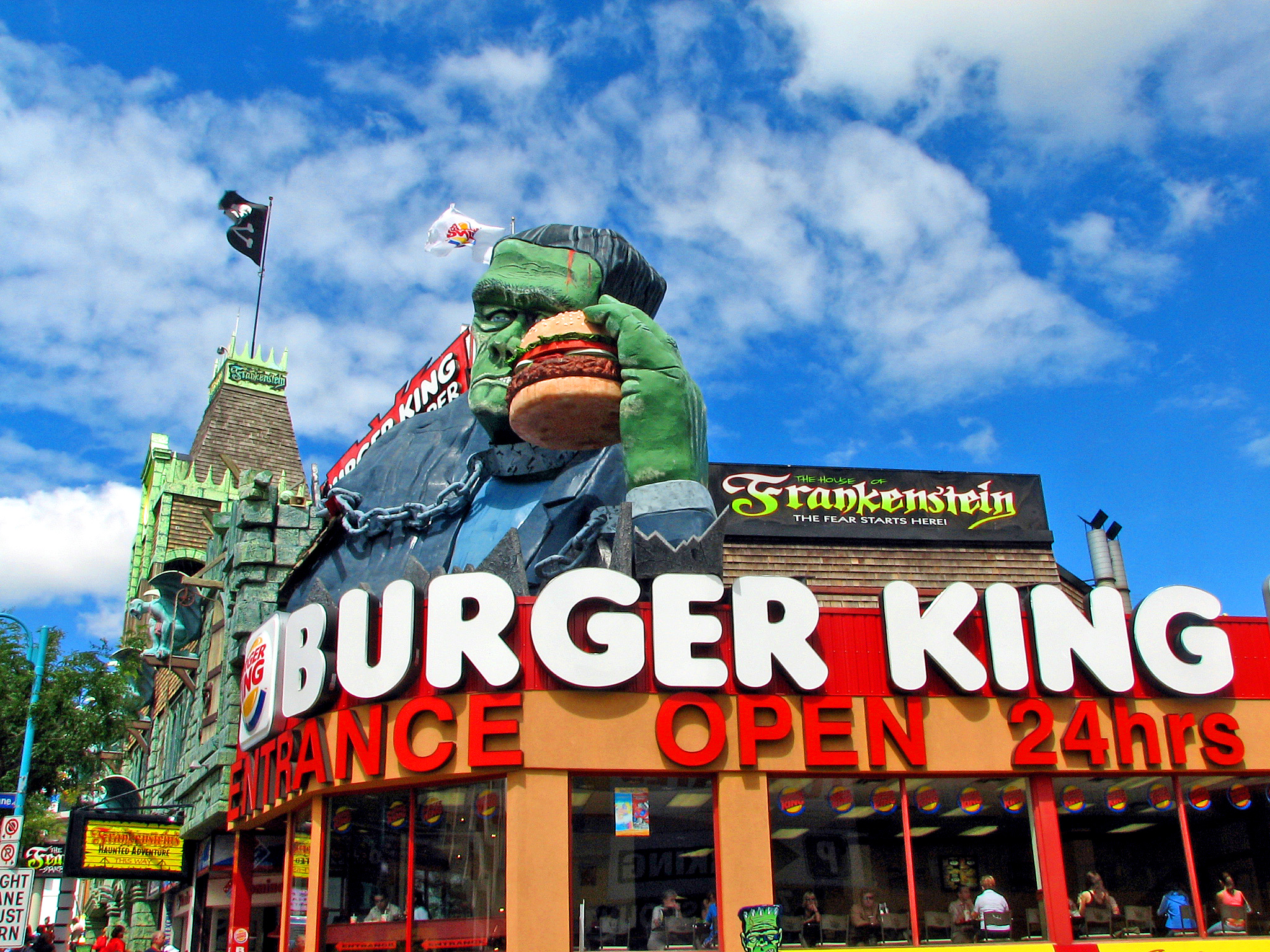
When I do eat burgers, I’m a pretty much a hold everything kind of guy. I like the bun, slab of meat, and catsup; no veggies, please. But no matter what fast-food place I eat, cheese […]
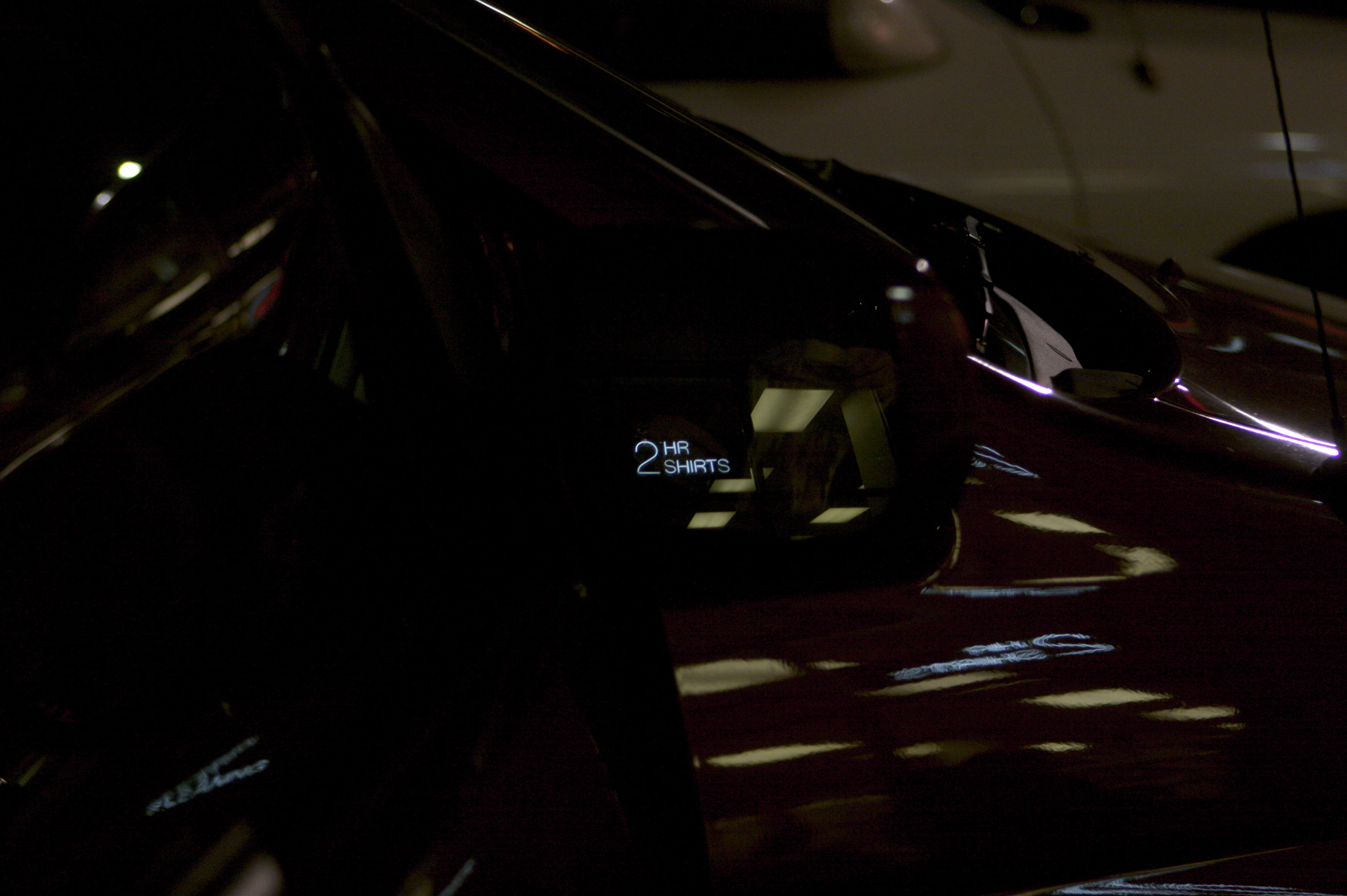
Gas price has settled down to about $3.69 a gallon for premium grade in Montgomery County, Md. That’s about $1 a gallon more than the price paid before Katrina’s devastating blow to the Gulf Coast. […]

In a Saturday New York Times review, Jon Pareles writes about the parody Green Day has become. I totally agree with the headline, “Now a Band That It Once Parodied.” Green Day has gone mainstream, along with punk culture.
When I was a teenager, disco choked culture and music to near the point of death. Then along came New Wave and Punk—real Punk—bands pushing a harder sound and lifestyle. Spiked, died hair, black leather, tattoos, and piercings were as much statements as attire, as teens sought to throw of the yolk of their older, self-obsessive Baby Boomer siblings.
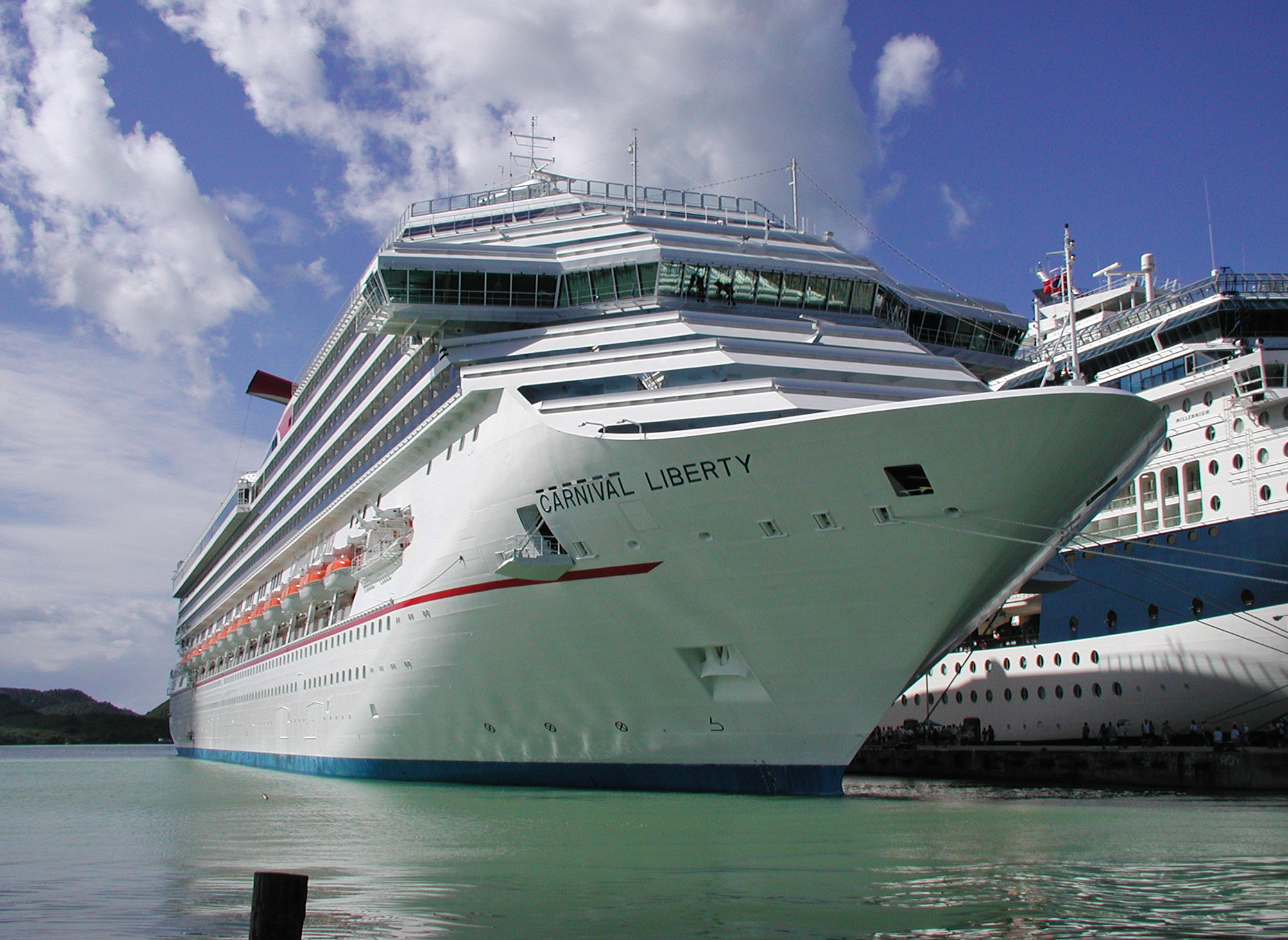
Looks like FEMA has charted Carnival cruise ships, three of them, to house New Orleans refugees. Damn, what a smashing idea. As many as 7,000 people will stay on the ships, which, according to Associated […]

Troops and supplies arriving in New Orleans is a relieving development. I’m sorry the response took so long, but that’s not the point of this post. Great concern now are the refugees, their finding some […]

On Sunday, I gassed up my 1989 Volvo 740 for $2.69 a gallon–the good stuff–and moaned about high prices. Yesterday a friend IMed and told me to gas up before prices jumped 40 cents a gallon. Too late, $3.19 when my wife got the pumps. She paid more today, $3.49 a gallon, or a delightful 80-cent increase in just two days.
I predict the situation will get a lot worse. New Orleans is now the equivalent of a Biblical epic—disaster that will keep on going. The death, the destruction, the economic impact will be like another 9-11, except as an Act of God (Why should he get the blame, anyway?) rather than act of terrorism. Few weeks back, I blogged about the housing bubble. Katrina, that vicious bitch, put a hole in the bubble, I think.
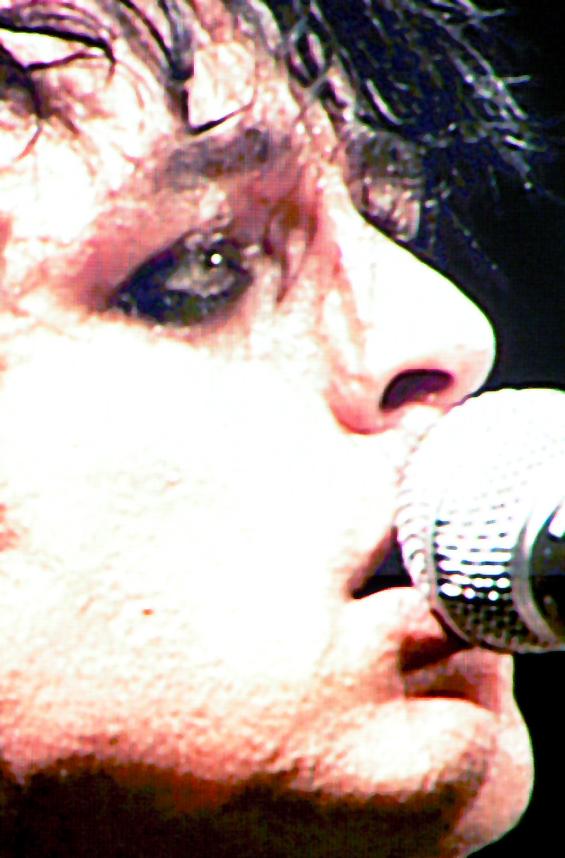
Okay, I think the Times Online is going a wee bit too far. The UK news operation kicks off a story about the MTV Video Music Awards with the very leading, “Green Day, the anti-war punk […]